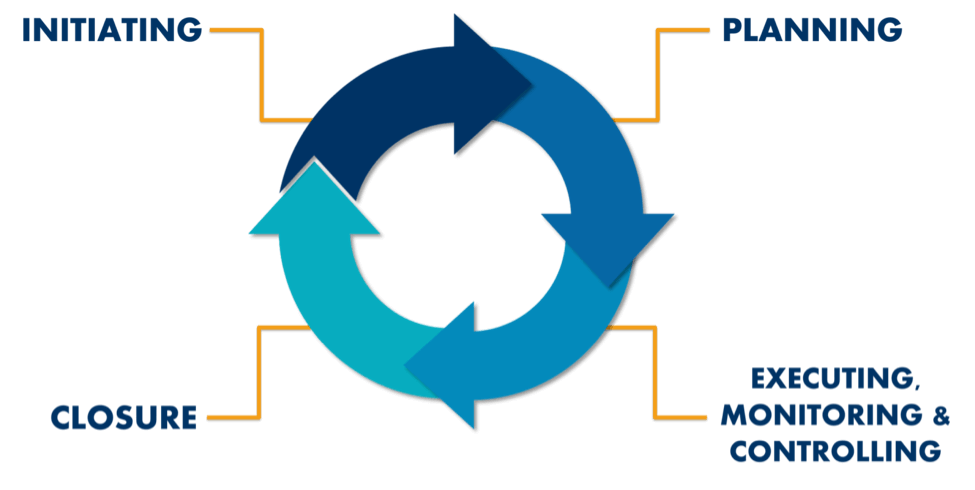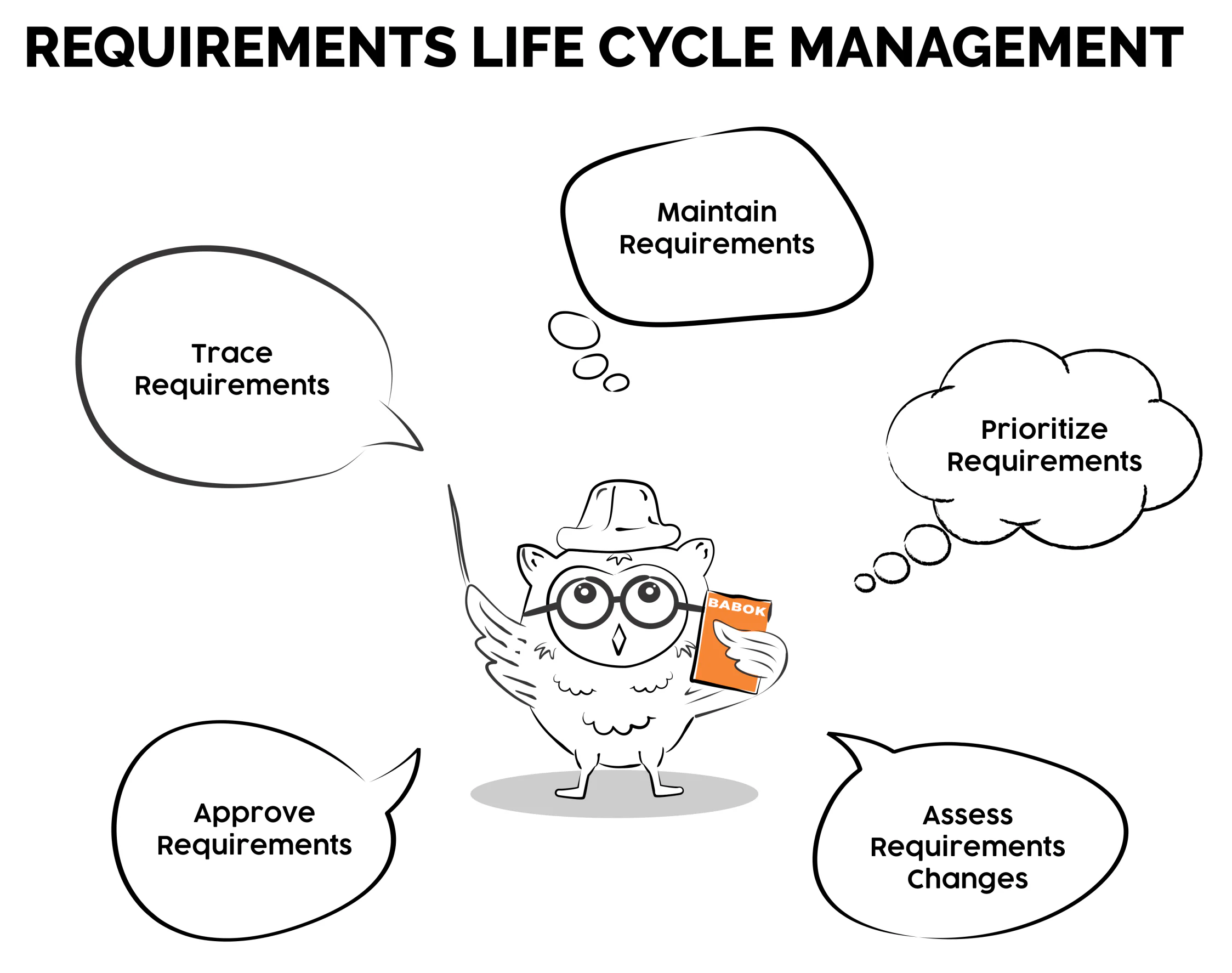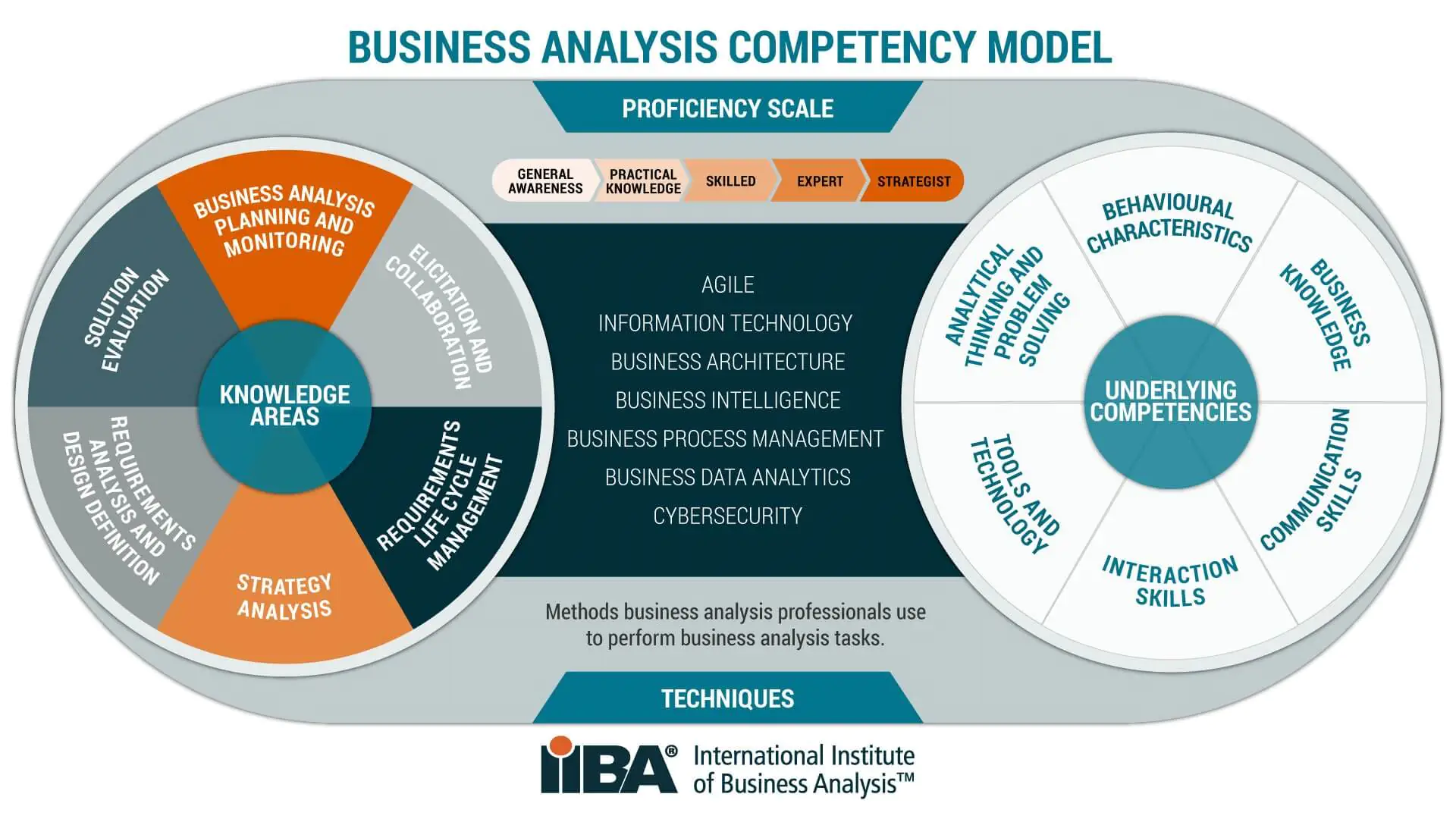Table of contents
Being a business analyst on an outsourced software product development project is a challenge, but it’s also a fantastic opportunity. So says Daryna Volynets, our expert BA, who faces this challenge every day and loves it. Daryna says that a BA is a person who has to be proficient in a great number of IT and business-related subjects.
Daryna herself has been a business analyst for nearly four years. However, before choosing this profession, she got a well-rounded IT business experience. She’s worked as a PHP developer, PM, HTML coder, HR professional, and even has experience as an SEO specialist.
However, once Daryna discovered business analytics, she fell in love. Now she considers herself to be an ambassador for BA as a profession. She is also a mentor for Devtorium BA trainees and juniors. Therefore, she has a lot of experience explaining what it takes to build a successful career as a business analyst.
Today she is going to share her experience through the article below.
Daryna also made a fantastic presentation about this topic as well as our BA Internship Program during the Devtorium IT Crowd event in Vinnytsia. We are looking forward to learning more from her!
What Business Analyst Does for Outsourced Software Product Development
A BA is a bridge between customers and developers in the IT industry. It means that this person must have expertise in both the information technology and business administration spheres. Moreover, a business analyst must also be proficient in communication. It’s because you will need to liaise between these two sides and reason with both of them.
The goals of a BA are analyzing the company’s needs and the market situation. Then, you use this data to develop strategies to improve business outcomes.
The tasks of an IT business analyst will vary depending on the project. However, generally, they follow the same cycle:

- Initiation phase.
At this stage, the BA conducts analysis and develops an initial work plan. - Planning phase.
Next, the BA analyzes the problem and defines the project’s boundaries. - Execution, monitoring & control phase.
This is the stage where the plan is put into action. The business analyst will monitor every step and control the execution where necessary. - Closure phase.
Finally, there comes the closure, during which the BA will summarize results and derive insights they can learn from. You will also follow up with the client.
Although these cycle stages are clearly defined, a BA must be fluid and flexible. It’s because new problems or data may emerge, and the entire plan will need to be corrected mid-process. The business analyst must always remain alert for any news and discoveries that might affect the project or market. Therefore, the BA has to monitor the entire process of outsourced software product development.
Requirements Life Cycle Management, or Daily Life of a Business Analyst
Business analysts are people directly involved in managing the life cycle of requirements. It’s a process during which the BA can manage and maintain business requirements and determine all necessary activities. Therefore, it’s a crucial component of the outsourced software product development process.
You can get some idea of how it goes through this scheme:

The length and complexity of the approval and some other processes can differ from project to project. However, usually the steps you need to ensure all requirements are identified, analyzed, and added to the project properly include:
- Identifying the stakeholders
- Gathering all necessary business requirements
- Analyzing the requirements
- Identifying necessary documents
- Obtaining relevant approvals
- Communicating with stakeholders regarding the approved requirements
- Tracking the progress of requirements throughout the entire project
- Identifying and managing any necessary changes to the original requirements
- Tracing business requirements progress and reporting on their status
The business requirements gathering process can vary depending on the business’ needs. However, the tools used during it remain the same. These tools and techniques include focus groups research and interviews, documentation analysis, surveys, observations, and brainstorming.
Business requirements tracing is a critical factor in the project’s success. First of all, traceability ensures that each requirement is relevant and contributes to the project’s development. In addition, it tracks the relationships between requirements and their relationships with business needs and project deliverables. A business analyst will trace the requirements, which means they need to have a clear understanding of the business’ needs, direction, mission, and goals.
Business analysts rely on the Business Analysis Body of Knowledge (BABOK) developed by the International Institute of Business Analysts for guidance through these processes.
What You Need to Grow From a Junior to Senior Business Analyst
Like in any other profession, your growth from a junior business analyst to senior happens by gaining experience and developing your skills. Admittedly, a BA is a professional who needs expertise in a significant number of subjects. However, this job is rewarding in every way. From the salary point of view, business analysts are highly in demand and can expect to get a decent salary from the beginning. Moreover, the job outlook is great as it’s forecasted that the number of BA jobs will grow by 11% over the next decade. It means that it’s going to be one of the most in-demand jobs for the outsourced software product development industry.
In order to become a successful senior business analyst, you’ll need to gain knowledge in many areas, including:
- Software development methodologies
- Unified Modeling Language (UML)
- Modeling concepts
- Requirements types and management
- Research and development activities
- Document preparation
- Project management life cycle
- Product development life cycle
- PMO activities
- Software testing
- Global business analysis
As a business analyst, you will use a great number of techniques and tools in your work. The most prominent of them include but aren’t limited to:
- Acceptance and evaluation criteria
- Backlog management
- Benchmark and market analysis
- Brainstorming
- Business capability and rules analyses
- Collaborative games
- Concept modeling
- Decision modeling and analysis
- Data mining and modeling
- Financial analysis
- Estimation
- Functional decomposition
- Mind mapping
- Metrics and KPIs
- Observation
- Organizational modeling
- Prioritization
- Process analysis and modeling
- Prototyping
- SWOT analysis
- Risks analysis and management
- Roles and permissions matrix
- Scope modeling
- Use cases and scenarios
- Vendor assessment
To put it in a different way, a business analyst’s competency model looks like this:

So, Can Outsourced Software Product Development Projects Succeed Without a Business Analyst?
Frankly, business analytics consulting services are crucial for the success of any IT project. So, a successful outsourced software product development company should have its own team of talented business analysts.
It’s also important to remember that business analysts work not only within the software development outsourcing industry. These professionals can use their expertise to analyse markets and businesses and offer insights that can be used when:
- Opening and staffing new departments
- Restructuring existing companies
- Resolving any business issues from logistics to cost reduction
- Performance quality improvements
Business analysis is everywhere, the only question is who has the foresight to do it. Essentially, a BA is a person who must be proactive in order to identify issues problems and find solutions before the problem arises.
Our expert Daryna also notes that to be a good BA in the IT sphere, you need to enjoy communicating with people as much as you love technology. This job requires a lot of communicating and you should be highly efficient in it.
Being a business analyst is very rewarding. It’s not only because you are a crucial part of the team’s success. This work will throw tests at you every day. Moreover, you get to be the person who finds the solution and guides the entire project to success. If this is the kind of work you want to do, become a part of our team!
Your Helpers on the Way of the Business Analyst
As an expert BA herself, Daryna made a list of materials that can help beginners in this profession:
- Software Requirements by Karl Wiegers (third edition).
- Requirements Engineering Fundamentals by Klaus Pohl & Chris Rupp
- User Stories Applied For Agile Software Development by Mike Cohn
- Business Analysis for Practitioners (PMI)
- Business Analysis (Second Edition) by James Cadle & Malcolm Eva, et al.
- Business Analysis Techniques: 72 Essential Tools for Success by James Cadle & Debra Paul & Paul Turner
- Don’t Make Me Think, Revisited: A Common Sense Approach to Web Usability by Steve Krug
- EFive Trainings YouTube channel
- Web Academy YouTube channel
- Artofba.com blog
- iiba.org BA certification
- BA & Product Management Z-Days YouTube playlist
- BA digests from DOU.ua
For more posts based on presentations from the Devtorium IT Crowd event see:
- Artificial Intelligence Software Development: First Exposure to Computer Vision by Oleksii Makarov.




